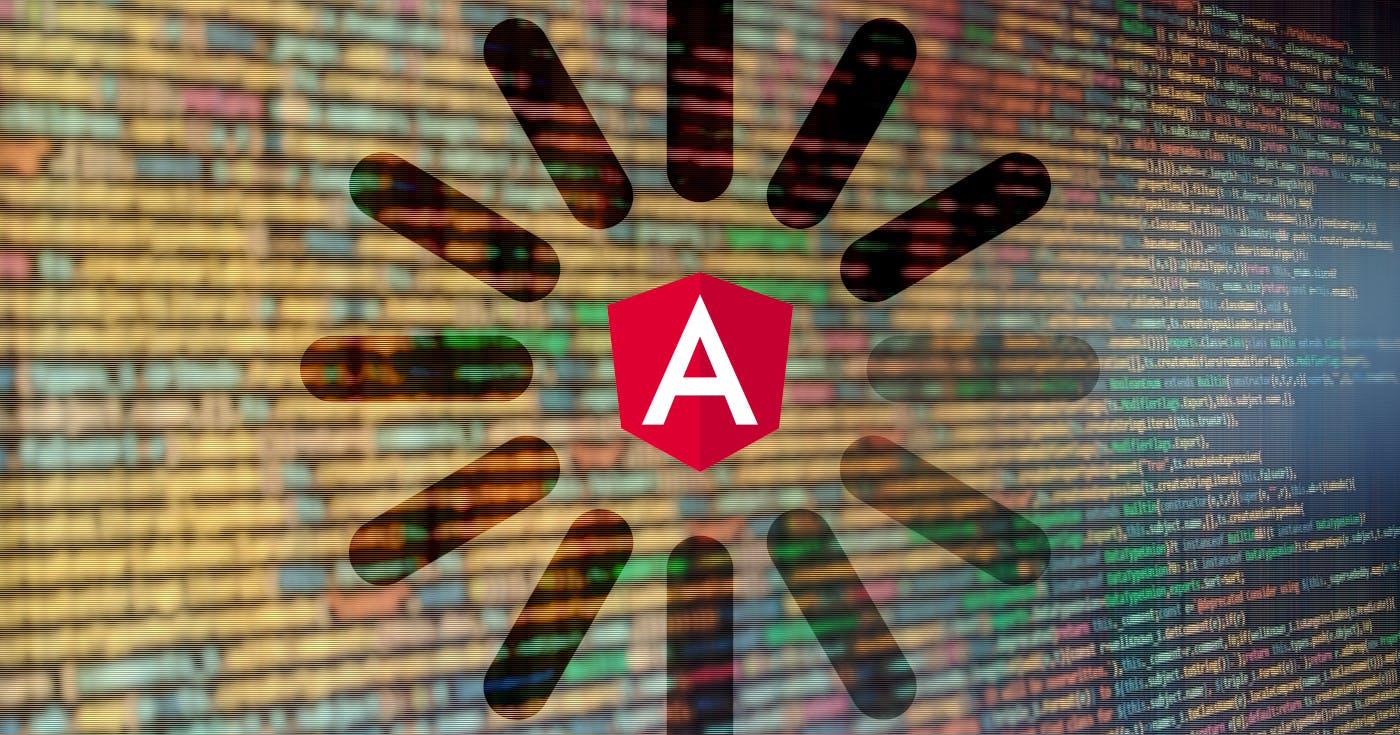In Search of Better Loading and Error-handling in Angular

For many, Reactive programming seems like a conceptually elegant approach that falls apart the moment you try to do any serious programming. When adding essential error handling, refreshable state, etc. into an application, many folks see their codebases move further from the promise of clean, elegant reactive transforms.
It doesn’t have to be this way. While I’ve argued before for cleaner display of
refreshable data by using AsyncPipe
adopting better patterns for data refresh,
this advice on its own does not provide an end-to-end pattern of displaying data
from the moment it is loading all the way to error handling and refresh.

 Photo by Blake Connally
Photo by Blake Connally